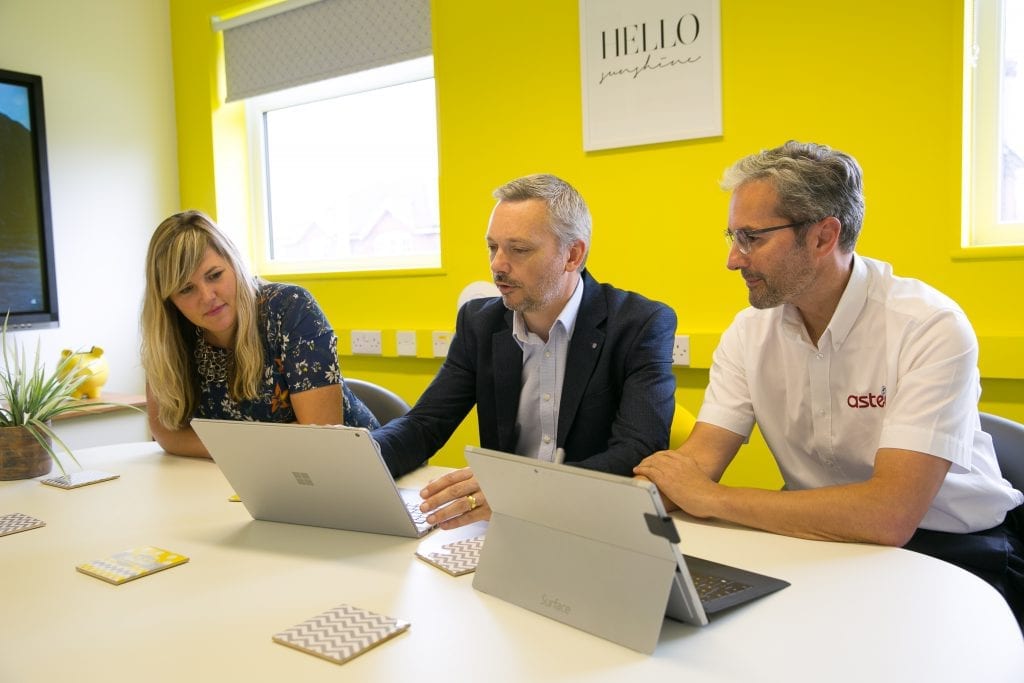


Top 5 Tips To Avoid A Cyber Attack
Cyber Security: Top 5 Tips to Prevent a Cyber Attack With 46% of small businesses facing a cyber attack in the past year, the need for
With 46% of small businesses facing a cyber attack in the past year, the need for a cyber security strategy is more important than ever. Cyber-attacks are becoming no longer about ‘if’ but ‘when’.
To help prevent damaging cyber security breaches within your organisation, we have put together some precautions you can take today.
Table Of Content:
How To Prevent A Cyber Attack:
A basic way of protecting data is by creating lengthy, complex passwords. This means ditching your old (not so) reliable passwords such as “12345678” or “Password1”. You should be using special characters such as “$!?”. Yes, these can be harder to remember, however an easy way of remembering a password like this would be to use words or a phrase and replace certain letters with numbers/special characters and using a mix of lowercase and uppercase, i.e. “S3cUR5%”. However, be sure to mix this up, as cyber criminals are aware of this substitution method. It’s also important to remember that you shouldn’t be using words personal to you such as your partner’s, pet’s or your child’s name – these can often be easily found online. Lastly, you should never use the same password across multiple different logins!
Not good at remembering lots of complicated passwords? Do not write passwords down in a notebook or on a sticky note. A safe alternative is a password management software. Password management software works by saving encrypted versions of your passwords on your device which only you are able to view and manage. Examples include, True Key, LastPass, Sticky Password and KeePass. We recommend researching all the options available and decide on what software is best for your needs.
One of the big advantages of using password management software, is that it reduces the number of passwords that you need to remember down to 2. One for your password Manager software, and one for your Office 365 account. Both of these passwords should be different and distinct from each other.









Cyber Security: Top 5 Tips to Prevent a Cyber Attack With 46% of small businesses facing a cyber attack in the past year, the need for